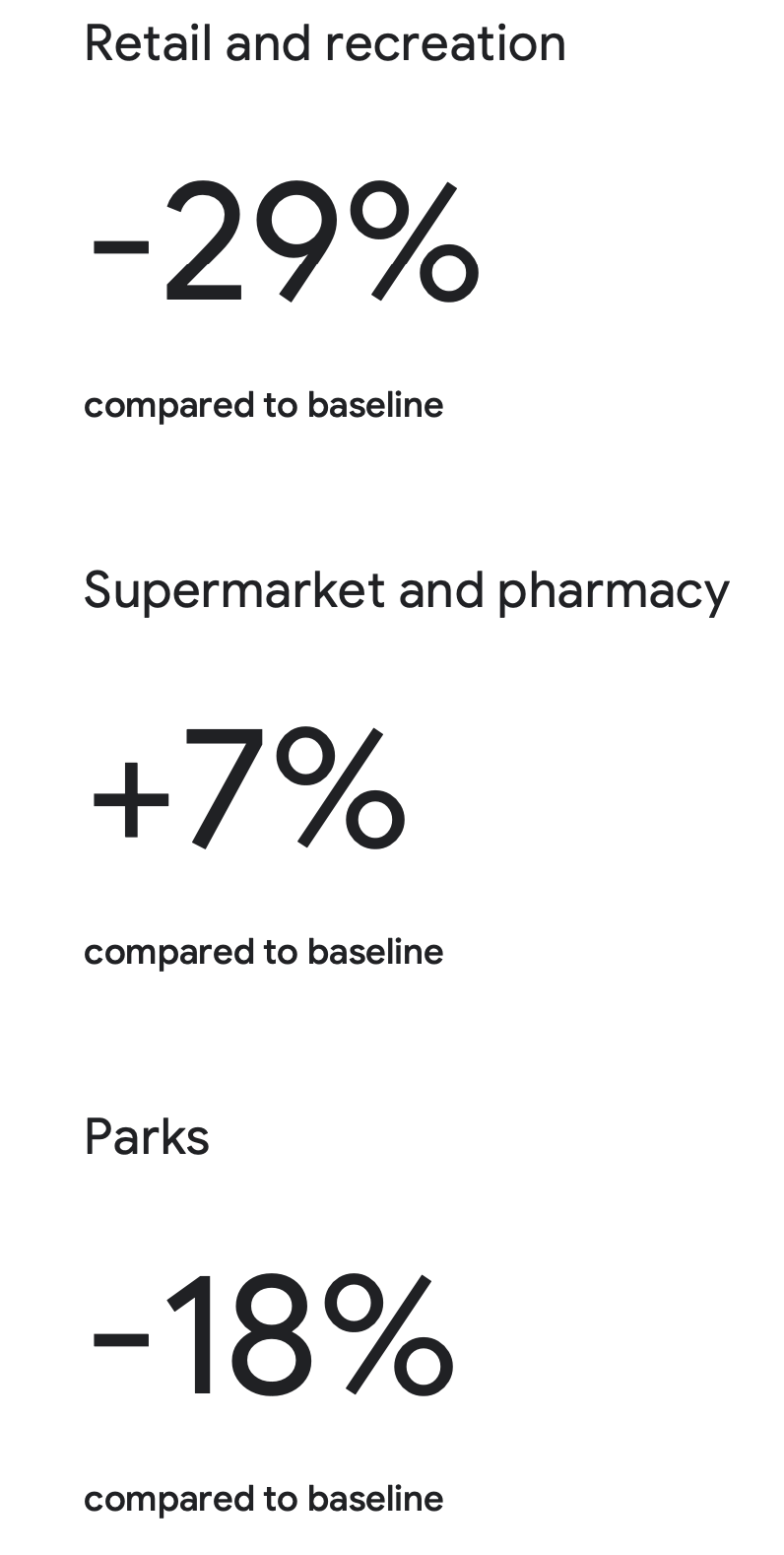EPISODE #5: RETURN OF THE BIG BANG UNION BUDGET
After a long time the union budget has claimed centre stage in the economic timeline

Hi Everyone,
A very happy Monday to you.
First the good news. Finally India has its date with the covid vaccine. It comes at a time when the intensity of the pandemic seems to be waning. Some good news at last. Fingers crossed actually.
The union government is also into the final leg of its preparations for the Union Budget. Given the economic meltdown forced upon us by the covid pandemic, this year’s budget will be keenly watched.
On her part, finance minister Nirmala Sitharaman dialled up expectations several notches after she told an industry gathering that it would be the first budget of its kind in 100 years. My surmise, the big bang union budget is back.
Once you have read this post, please, please do drop me an email with your thoughts or ping me on twitter at @capitalcalculus. It is key to growing this newsletter. A big shout out once again to Balesh, Krishnendu and Yugainder, who went the extra mile to share their thoughts. Would be nice if more of you joined the act. And, many thanks to readers (few, yet precious) who hit the like button 😊.
If you are not already a subscriber, please do sign up and spread the word.
Read on.
TIME FOR A PANDEMIC BUDGET
Prior to the Christmas break, finance minister Nirmala Sitharaman shared a teaser on her upcoming union budget. Addressing a summit hosted by the Confederation of Indian Industry, Sitharaman said, “Send me your inputs so that we can see a Budget which is a Budget like never before in a way. Hundred years of India wouldn't have seen a Budget being made post-pandemic like this.”
Most interpreted this to mean that the union budget to be presented on 1 February will be a game changer. Only natural for it to then to have stirred expectations. Obvious music for (always hungry for a stimulus) India Inc and to surging stock markets.
But wait up, there is a downside too. The FM may have just broken the cardinal rule of public policy making: under-promising and over-delivering. Now the budget will be measured against the expectations she has roused; always a tall ask for an FM. For the simple reason: expectations are subjective by nature.
A big budget
Regardless there is one other important subtext to the FM’s remarks: the idea that the big bang budget is back.
For several reasons, over the last few years the union budget has gradually lost its sheen; it was reduced to just one more date on the annual economic timeline of the country. For one, the rapid rise of the private sector meant the role of the union government as the dominant economic entity decreased. The roll out of the Goods and Services Tax (GST) meant that the power to undertake substantive indirect tax changes in the union budget was transferred to a new federal entity: the GST Council. And after the big tweak in corporate tax rates in late 2019, the excitement and anticipation about the union budget diminished that much more.
Consequently, the union budget’s focus has evolved into one about expenditure management. At least on paper. With most of the annual budget outlay (at present an impressive Rs30 trillion) pre-empted—by pay outs on account of wages, interest payments on outstanding debt and subsidies—there is little or no space for discretionary spending.
But then covid-19 struck. And now all bets are off.
The virus which originated in Wuhan, China devastated the Indian economy (to be sure this was true about every country except China—which has miraculously reclaimed its legendary growth trajectory). The advance estimates for growth in gross domestic product in 2020-21 for India released by the Central Statistical Office last week reveal a record contraction of 7.5%—yes, far removed from the 23.9% contraction witnessed in the first quarter ended June.
The good news is that the formal economy is rebounding, better than expected; though at different speeds—for instance, the contact economy made up of tourism, hospitality and aviation is still contracting. A trend that is also borne out by the mobility data tracked by google.
But of particular concern is that this is turning out to be (drawing from the alphabet soup of V, W, etc to describe growth curves) a K-shaped recovery: Those at the bottom of the pyramid continue to remain worse off, while the top income percentile has managed to ride the economic meltdown.
Significantly, the big spending (spread out over three stimulus packages) undertaken by the union government is clearly reviving some economic activity and holding up consumption levels. Indeed this correlation is great news as the government enters the final fortnight of budget preparation. It can take comfort from the fact that the heavy spending over the last nine months is indeed working and the macro outlook is incrementally better.
Crystal ball gazing
Given the circumstances what then can the finance minister realistically do?
Inferring from the correlation between government spending and economic activity it is apparent that if the government does turn out the stops on spending then there will be a favourable outcome (at a fiscal cost though). Relative to the challenge at hand this is the easy part. The tougher question is where does the FM generate the money. The exchequer is deep in red. Yes revenues (especially collections under GST, sales tax and stamp duty for state governments) are looking up. They are however insufficient to fund the big spending. And as pointed out earlier there is little room to manoeuvre the expenditure heads.
It could though implement some out-of-the-box ideas like using the scarce resources to beef up the capital base of banks so they are incentivised to lend to the under-served (other than the blue chip corporates) by tapping a new kind of protocol.
But there is one thing the Bharatiya Janata Party-led National Democratic Alliance (NDA) can do. And it won’t entirely be out of place as recent budgets have been driven by politics. The big distinction between the Congress-led United Progressive Alliance and the NDA has been the ideology of entitlement and empowerment—the latter is exactly what providing Ujjwala (cooking gas), electricity, drinking water, toilets, housing and medical insurance to the less well off add up to.
Accordingly, the NDA can lay down a bold blueprint for a ‘New India’. Of course this will have to be accompanied by a short-term holding operation to keep the economy afloat while it licks its covid-19 induced wounds.
India is in desperate need of a reset; the old edifice is straining to cope to the demands of the emerging economic framework. To the NDA’s credit they have been chipping away at the old edifice. The intent is apparent. But either because of bad planning or pure resistance from the old order the pace of change is anything but desirable.
The pandemic may have served up a perfect opportunity. As they say never waste a crisis. So what will it be?
Over to finance minister Nirmala Sitharaman.
Recommended Viewing
This week I came across an intriguing yet fascinating 23-minute documentary produced by the Wall Street Journal reporter Joanna Stern on how tech can bring the loved ones we lost back to life. Taking a crack at immortality as it were in a virtual world. Wonder how many of us will go down this path though.
Till we meet again next week. Stay safe.





As always, very well written Anil
Clear, as usual